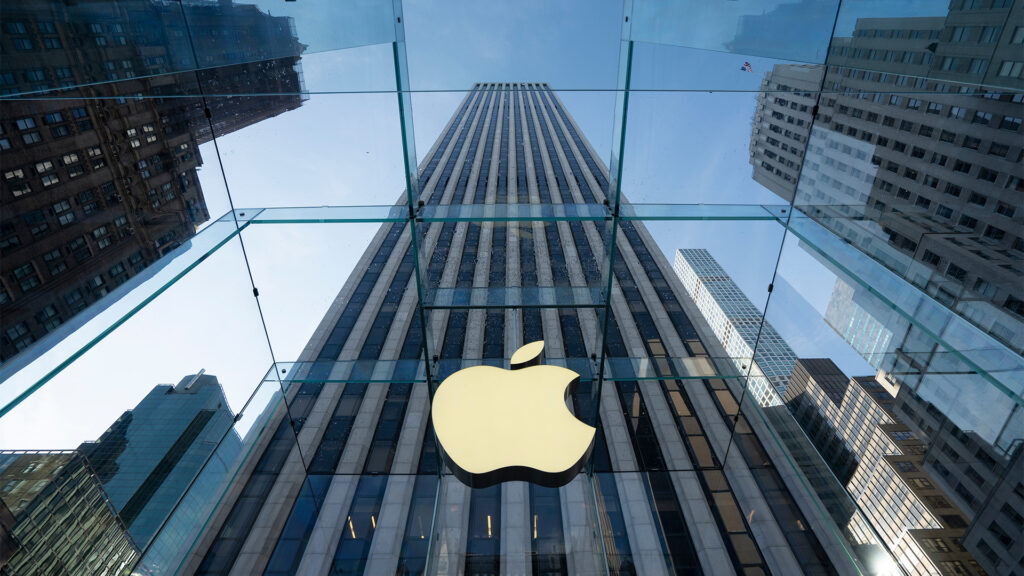You know Apple’s board and management understand the trouble the company is in with investors. Why else would it, after a better-than-expected set of figures for the March quarter, boost dividends and announce a record buyback?
The shares jumped 7% in after-hours trading after a 2.2% gain in the regular session Thursday. This is precisely the reaction the company wanted.
If the 7% rise is repeated on Friday in regular trading, it will add more than $US180 billion to Apple’s market cap, again, which is what the company wants to see (especially Warren Buffett and his Berkshire Hathaway company, which reports its March quarter figures this weekend).
The 1-cent lift in the quarterly dividend to 25 US cents a share will play its part as well on top of the huge buyback boost.
Apple reported $US90.75 billion in revenue for the three months to March, while income eased slightly to $US23.6 billion (from $US24.2 billion). The fastest-growing part of Apple – its services operation which houses Apple TV+, music, games, and a host of other platforms – was the star with sales up $US3 billion to $US23.9 billion.
The company announced a massive share buyback program and a dividend boost – Apple added $US110 billion to the buyback and boosted dividends for the 12th quarter in a row – decisions that the board hopes will draw a line through the company’s recent slide that has wiped over half a trillion dollars from its market value.
That lift in the buyback is the largest ever by the company – 22% above last year’s $US90 billion and a sure sign it sees the need to lift confidence in the company. That’s especially so given that iPhone sales fell 10% in the quarter.
iPhone revenues fell 10% to $US45.96 billion, Mac revenues rose 4% to $US7.5 billion, iPad revenues dipped 17% to $US5.6 billion, and other products’ revenue dropped 10% to $US7.9 billion. Services revenue was more than 14% higher at $US23.9 billion.
Sales in Greater China, Apple’s third-largest region, were off 8% at $US16.37 billion in revenue, which was significantly better than the $US15.25 billion in sales expected by analysts, potentially easing investor fears that Apple may have been losing market share to local competitors such as Huawei.
That left Apple’s gross margin unchanged at 46.6% in the quarter, meaning the giant remains a highly profitable entity.
Apple did not provide formal guidance, but Apple CEO Tim Cook told CNBC that overall sales would “grow low single digits” during the June quarter. Apple had $US81.8 billion in revenue during the year-ago June quarter, and analysts were looking for a forecast of $US83.23 billion. Cook also told CNBC that year-over-year sales suffered from a difficult comparison to the year-ago period when the company realized $US5 billion in delayed iPhone 14 sales from Covid-based supply issues.
“If you remove that $US5 billion from last year’s results, we would have grown this quarter on a year-over-year basis,” Cook said. “And so that’s how we look at it internally from how the company is performing.”

